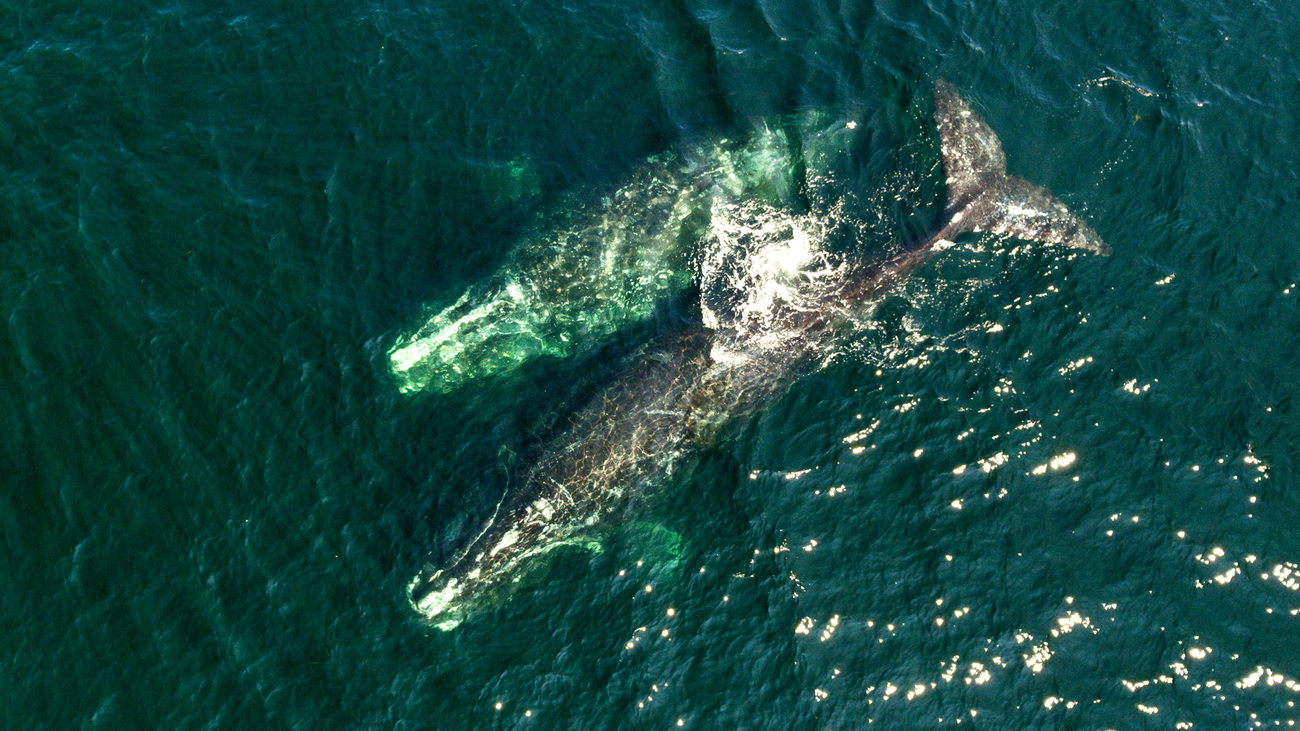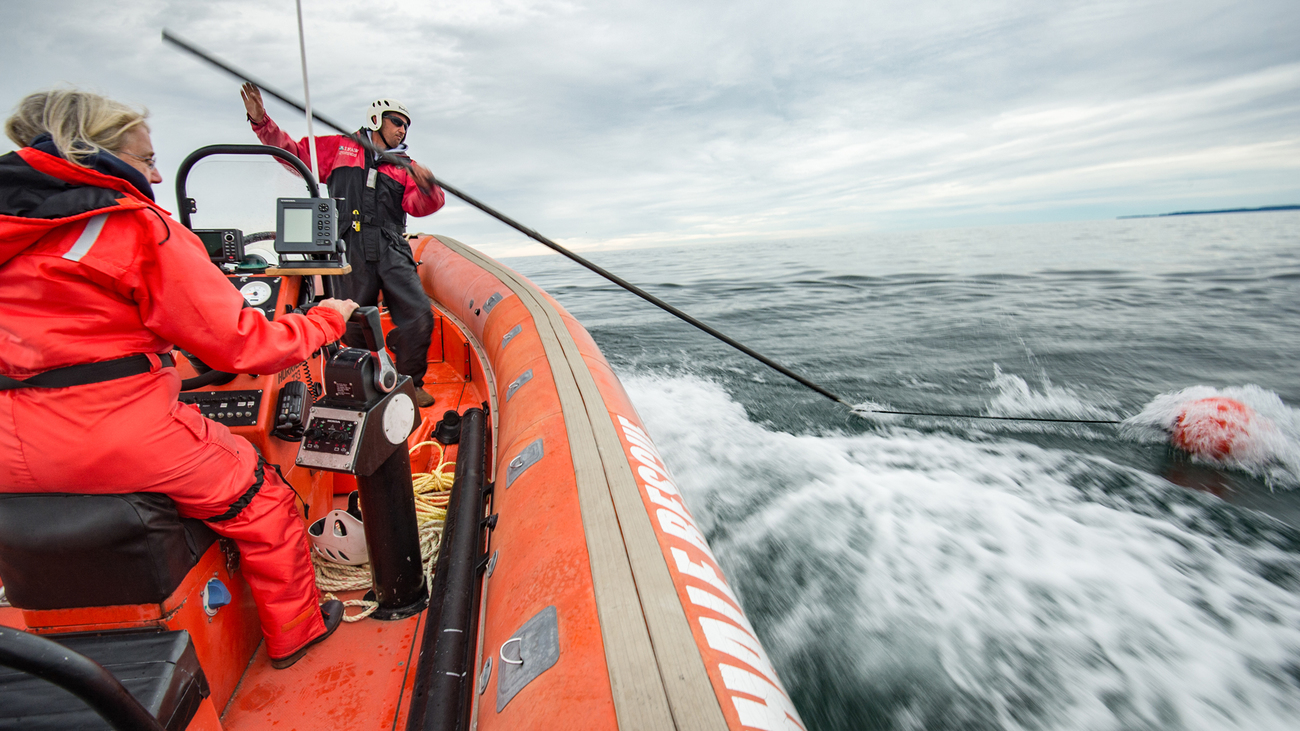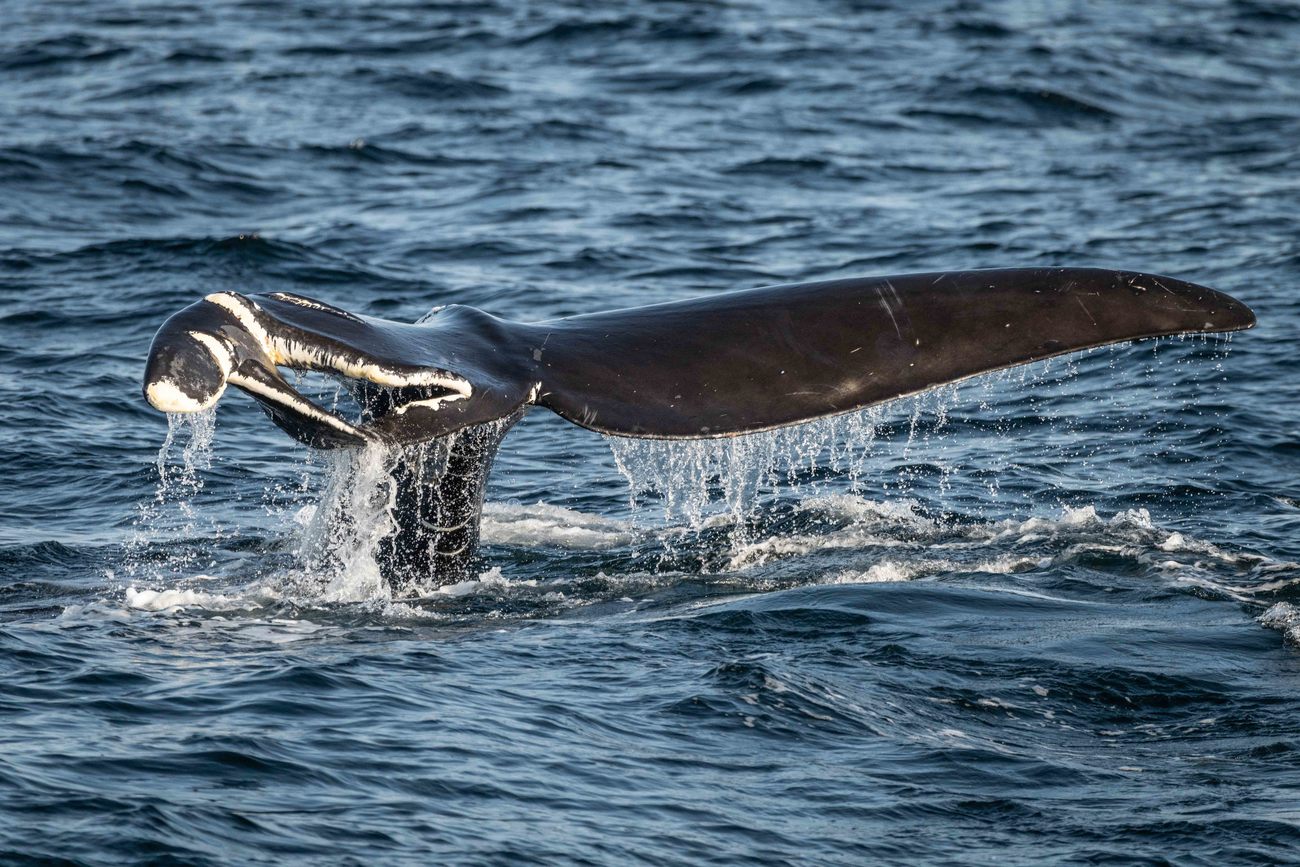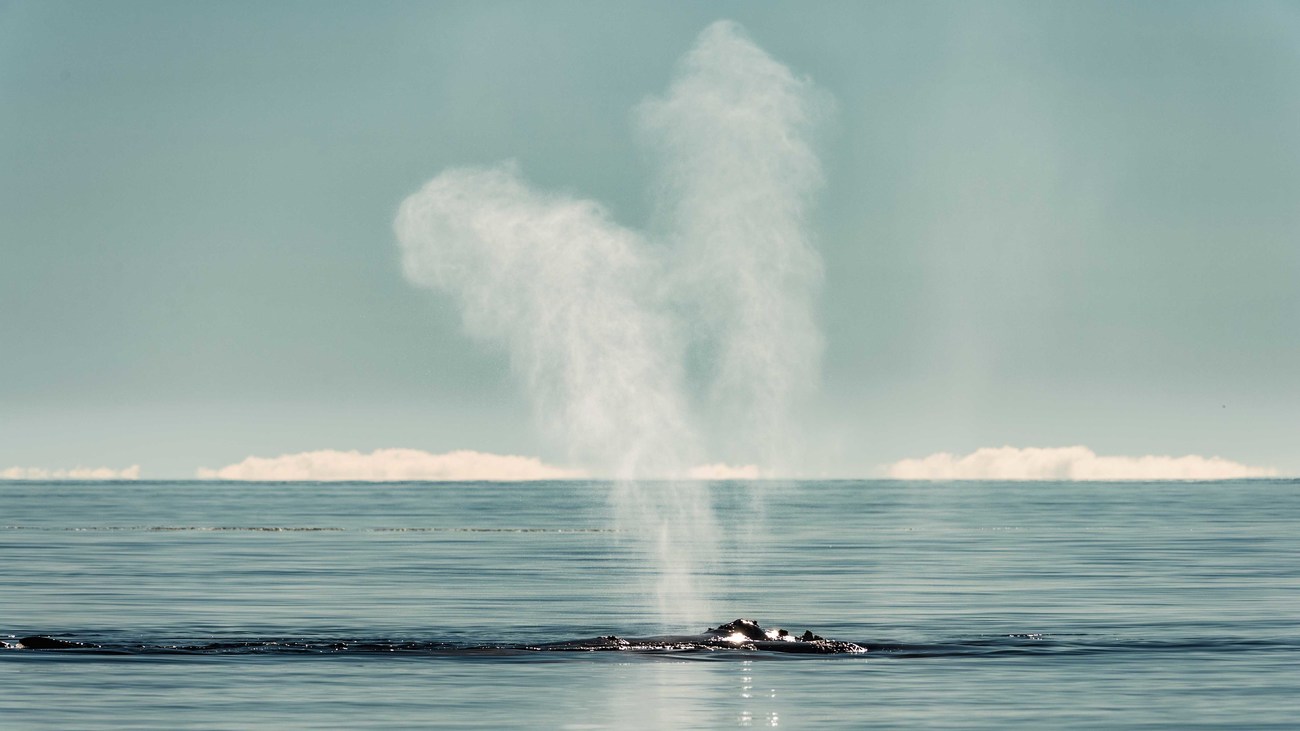Kathleen Collins
on World Oceans Day, let’s renew our commitment to the North Atlantic right whale
on World Oceans Day, let’s renew our commitment to the North Atlantic right whale

This June 8 we celebrate World Oceans Day, formally recognized by the United Nations since 1992 as a global day for humanity to celebrate the world’s oceans. Beyond the recognition of the ocean as a critical resource to our global health, it is fundamental that we recognize the impact of human activity on the ocean and the rich biodiversity that lives within. This World Oceans Day, I ask us all to face some hard truths and uncomfortable facts, from the lens of an animal that lives in a relatively small sliver of our vast ocean—the North Atlantic right whale.
From its migratory route that spans the length of the Atlantic coast from Canada to Florida, the North Atlantic right whale is often dubbed “America’s whale.” This critically endangered species lives in some of the most heavily industrialized waters in the world. A once-thriving population of tens of thousands now lies sparse, struggling for survival with only an estimated 336 individuals.
Originally hunted for their oil-rich blubber a century ago during the days of whaling, they continue to face human-driven threats to this day. In fact, research conducted between 2003 and 2018 found the cause of nearly 90% of determinable right whale deaths to be from entanglement in commercial fishing gear and unintended vessel strikes.

Deadly entanglements
Let’s start with entanglements. The ropes used in the iconic fisheries of lobstering and crabbing pose one of the biggest threats to the survival of the North Atlantic right whale. As the whales open their mouths to feed, they end up swimming and diving through a maze of these thick ropes. Once wrapped in a rope, panic sets in, resulting in them often twisting their bodies in an attempt to slip out of the rope. Unfortunately, these movements often do the opposite, wrapping their bodies even more tightly.
The effects of entanglements can persist for months or even years. The weight and drag of the gear, documented to be upwards of hundreds of pounds in many cases, impedes the whale’s ability to swim or feed freely. The impact of entanglement often results in chronic stress, which can ultimately impact their ability to reproduce. An alarming 85% of North Atlantic right whales show signs of being entangled at least once in their lifetimes. Thankfully, this is completely avoidable. We know how to remove this threat.
Getting rope out of the water is the first step. Transitioning fixed gear fisheries to “ropeless” on-demand fishing gear—a technology that removes the need for vertical lines in the water, except during the moment of active retrieval, is critical during certain times of the year when entanglement risk is the greatest. The acoustic technology needed for this gear has been around for years—we know it works—and we know how to adapt it for the various fisheries. The use of this gear in state and federal waters requires special permits. Thus, we need updated regulations to remove potential barriers for this process. And critically, we need to address the cost to fishermen of implementing ropeless gear. It currently carries a high price tag that is unrealistic for many fishermen to adopt.
There is hope though. The Coexistence Act of 2022 would authorize USD $15M annually over the next decade to support research and development grants for projects designed to significantly reduce the impacts of human activities on North Atlantic right whales.

Vessel strikes
Now, let’s turn to vessel strikes. Right whales are notoriously slow, often swimming just beneath the surface of the water, making them hard to see. This is especially true when there are waves. Collisions with whales often result in significant injuries, if not immediate death, as well as substantial damage to the vessel. Seasonal speed restrictions of 10–knots have been implemented in some critical habitat areas and have proven to reduce the occurrence and severity of collisions, but much more can be done. Citizen science apps like Whale Alert put the power to save whales, dolphins, and other marine mammals in your hands.

What else can we do?
We can continue on this critical path of working together. Collaboration between governments, scientists, NGOs, and industry, supported by informed consumers who recognize that species that may be out of sight but are never out of mind—this is key to a sustainable future for right whales. IFAW has chosen this path as it looks for a collaborative long-term solution. As they stand now, the numbers for North Atlantic right whales are sobering, the outlook ominous. But we are committed to turning this situation around.
Thankfully, there are some glimmers of hope as we welcome World Oceans Day this year—15 to be exact. During the most recent calving season, 15 new right whale calves were born. A reassuring sign, but by no means a guarantee of species recovery. The situation remains tenuous. Some say even dubious, but we’re not going to give up.
This World Oceans Day, we urge a renewed commitment to the North Atlantic right whale, addressing without hesitation one of the most pressing conservation challenges of our time. To save this species from the brink of extinction, while also preserving the cultural heritage of the fishing industry, we must implement 21st century technology and make our voices heard in Congress. Together we can create long-term change.
Click here to learn more about the North Atlantic right whale.
—Kathleen Collins, U.S. Marine Campaign Manager
Related content
Every problem has a solution, every solution needs support.
The problems we face are urgent, complicated, and resistant to change. Real solutions demand creativity, hard work, and involvement from people like you.